

.png)
The decision to purchase a diamond, whether for an engagement ring or as a significant investment, is a momentous occasion. A critical question, however, arises for many: "How can one select a diamond of the highest quality that offers the best value for a given budget?"
The answer lies in a comprehensive understanding of the 4Cs of Diamonds, the universal standard used globally to assess a diamond's quality. As the central organization dedicated to promoting standards and transparency within the industry, the Thai Gem and Jewelry Traders Association (TGJTA) presents this authoritative guide to the 4Cs, empowering you to select a diamond with professional confidence.
The 4Cs constitute the diamond grading system developed by the Gemological Institute of America (GIA), which has become the international industry benchmark. The system comprises:
Cut: The quality of a diamond's facets, which determines its brilliance and sparkle.
Color: The degree of a diamond's colorlessness.
Clarity: The absence of internal and external characteristics, known as inclusions and blemishes.
Carat: The standard unit of a diamond's weight.
A firm grasp of these four factors is essential for comparing diamonds and making an informed decision that aligns with your aesthetic and investment objectives.
If only one of the 4Cs could be prioritized, most experts would unequivocally recommend focusing on the Cut. This is because the quality of the cut directly governs a diamond's beauty and sparkle. A diamond with a lower color and clarity grade but an "Excellent" cut will appear more brilliant and lively than a high-grade diamond with a poor cut.
The Three Components of a Diamond's Sparkle:
Brilliance: The internal and external white light reflected from a diamond.
Fire: The scattering of white light into all the colors of the rainbow.
Scintillation: The amount of sparkle a diamond produces, and the pattern of light and dark areas caused by reflections within the diamond.
The Five Cut Grades (for Round Brilliant Diamonds):
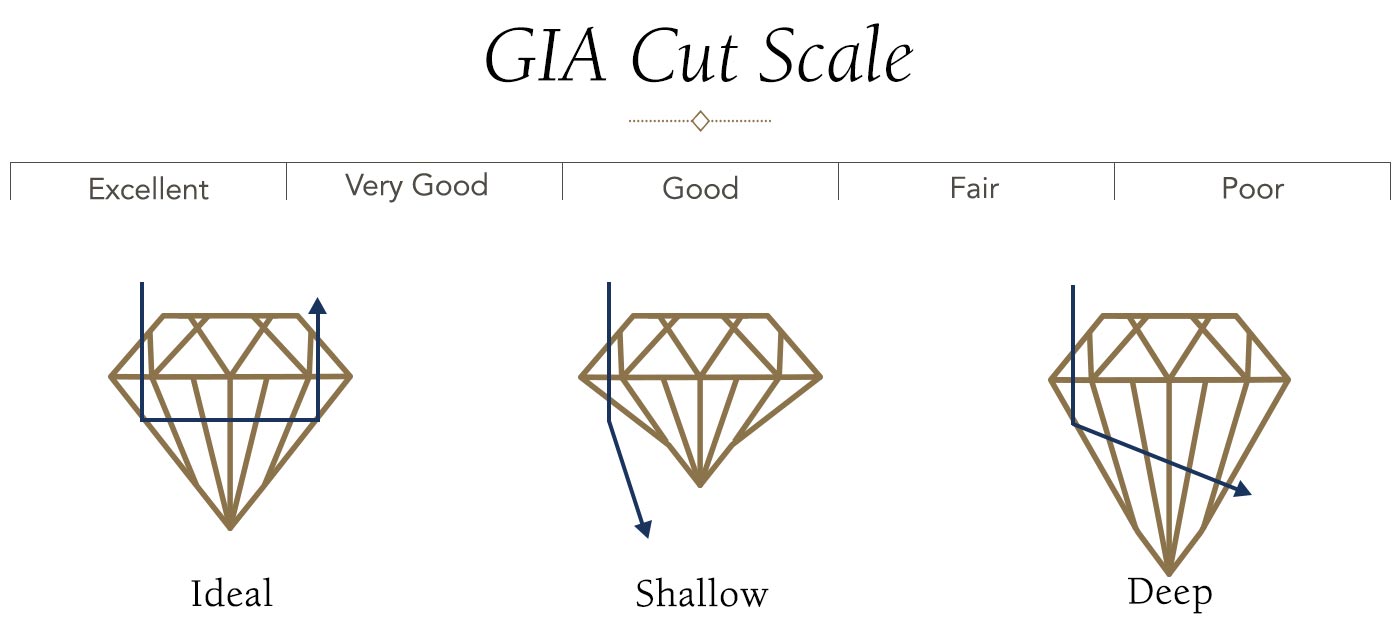
Excellent (EX): The highest grade, reflecting maximum fire and brilliance.
Very Good (VG): A superior grade offering outstanding beauty and value.
Good (G): A quality cut that reflects most light, but less than higher grades.
Fair (F) & Poor (P): Grades with significant light leakage, which should generally be avoided.
TGJTA Expert Tip: For round brilliant diamonds, seek a "Triple Excellent" (3EX) grade. This signifies that the diamond has achieved an "Excellent" rating in all three aspects of craftsmanship: Cut (overall grade), Polish, and Symmetry, guaranteeing the highest level of artisanship.
For white diamonds on the D-to-Z scale, the more colorless the stone, the rarer and more valuable it is. The GIA grades color alphabetically, starting from D (the most colorless) and proceeding to Z (light yellow or brown).
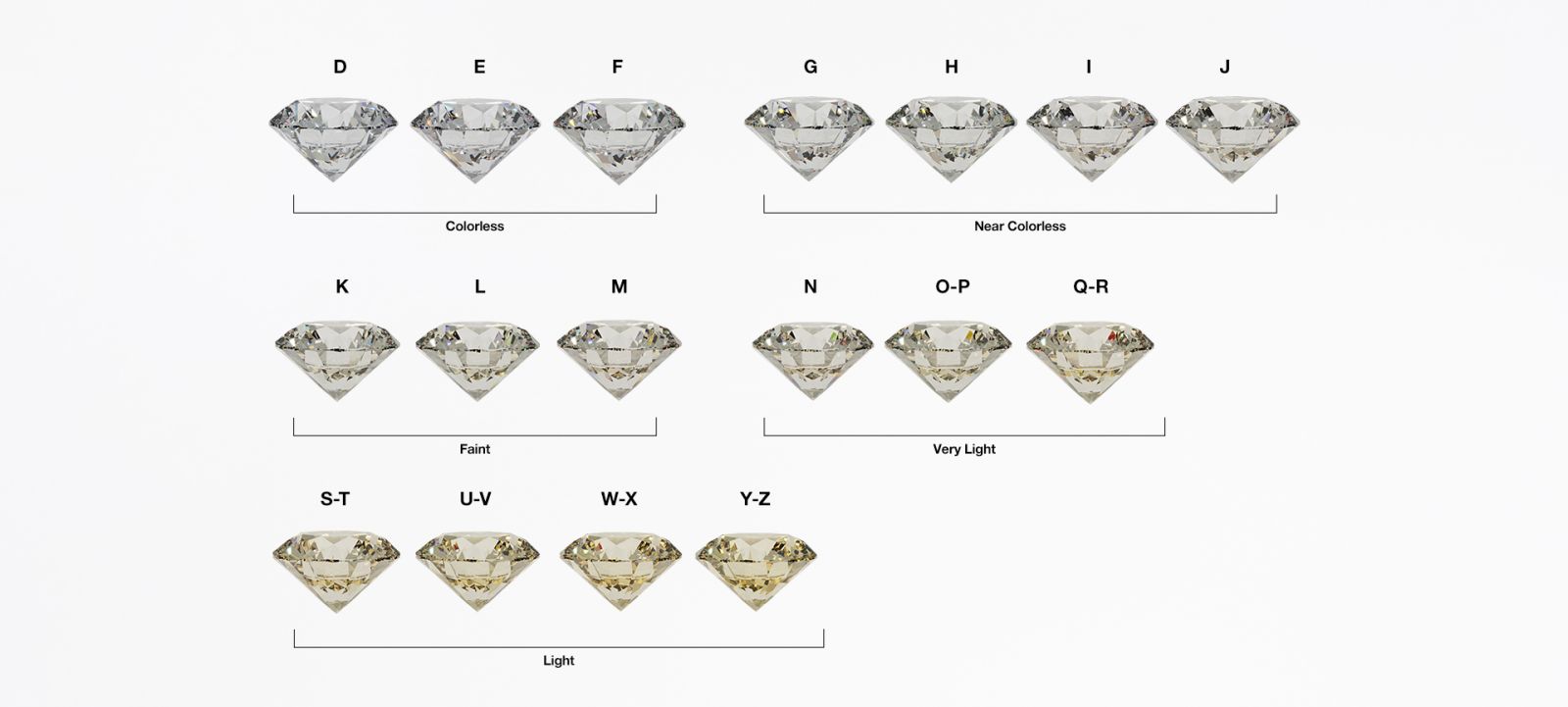
Key Color Grades to Know:
D-F (Colorless): The highest and rarest grades.
G-J (Near Colorless): Color is typically unnoticeable to the untrained eye; offers excellent value.
K-M (Faint): A slight hint of color can be detected.
Strategic Color Selection: The most effective strategy is to compare diamonds side-by-side to assess their visual appearance and select a grade that aligns with the aesthetic priorities and budget for the piece.
Clarity refers to the degree to which a diamond is free of natural microscopic characteristics (inclusions within the stone and blemishes on its surface). These features are unique to every diamond and are evaluated by a trained gemologist under 10x magnification.
The Clarity Scale (from Highest to Lowest):
FL (Flawless): No inclusions or blemishes visible under 10x magnification.
IF (Internally Flawless): No inclusions, only minor blemishes are visible under 10x magnification.
VVS1, VVS2 (Very, Very Slightly Included): Inclusions are so slight they are difficult for a skilled grader to see under 10x magnification.
VS1, VS2 (Very Slightly Included): Inclusions are minor and range from difficult to somewhat easy for a skilled grader to see under 10x magnification.
SI1, SI2 (Slightly Included): Inclusions are noticeable to a skilled grader under 10x magnification.
I1, I2, I3 (Included): Inclusions are obvious under 10x magnification and may affect transparency and brilliance.
The Primary Goal: Select a diamond that is "Eye-Clean," meaning no inclusions are visible to the naked eye when viewing the stone from the top. Many diamonds in the VS and even SI ranges can be eye-clean and offer exceptional value.
Carat is a unit of weight, not a direct measure of physical size (1 carat = 0.2 grams). As carat weight increases, a diamond's price rises exponentially, not linearly. This is because larger rough diamonds are discovered far less frequently than smaller ones.
A diamond purchase is incomplete without a Diamond Report or Certificate from a credible and internationally recognized gemological laboratory, such as the GIA or other leading institutions. This report is an impartial and authoritative verification of the diamond's unique 4Cs characteristics.
Why is a Diamond Certificate Indispensable?
Verifies Identity and Quality: It guarantees that the diamond you receive matches the specifications you paid for.
Builds Confidence: It mitigates risk and ensures transparency in the transaction.
Provides Future Reference: It is critical for resale, insurance, and appraisal purposes.
TGJTA Recommendation: Always insist that your diamond is accompanied by a certificate from an internationally respected laboratory. Furthermore, verify that the laser inscription number on the diamond's girdle matches the number on the certificate.
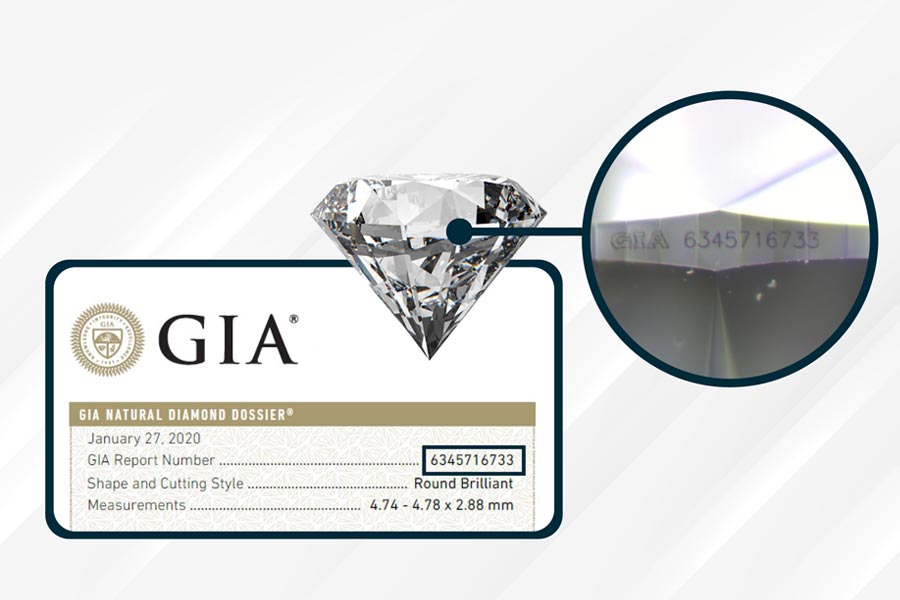
Q1: What is a Triple Excellent (3EX) diamond? A1: This refers to a round brilliant diamond that has received the highest grade of "Excellent" in three distinct categories: Cut (the overall assessment of its proportions and light performance), Polish (the smoothness of its facets), and Symmetry (the precise alignment and placement of its facets). It represents the pinnacle of diamond cutting craftsmanship.
Q2: Which is more important: Color or Clarity? A2: Generally, the human eye is more sensitive to a diamond's color than to its clarity characteristics. Therefore, many experts advise prioritizing a higher color grade over a higher clarity grade. The optimal strategy is to select a diamond that appears white and is "eye-clean" (i.e., has no inclusions visible to the naked eye).
Q3: Why are GIA certificates the most widely recognized? A3: The GIA is the creator of the 4Cs system and has a global reputation for its stringent, consistent, and impartial grading standards. As a result, certificates issued by the GIA are the most trusted and respected within the international gem and jewelry industry.
Understanding the 4Cs—and the crucial 5th C of certification—is the key to making an intelligent diamond purchase. It is not always about acquiring the highest grades, but rather about finding the optimal balance of factors that aligns with your personal preferences, priorities, and budget.
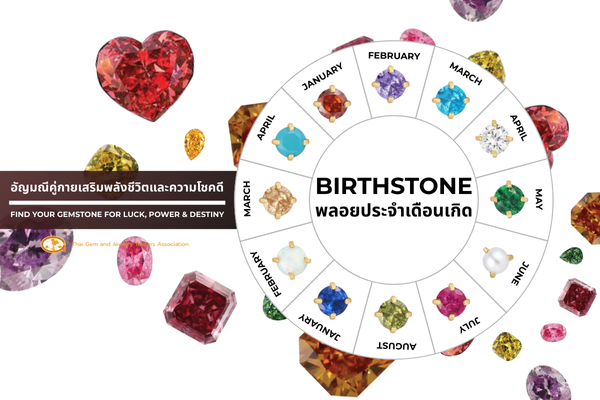
Explore the deep meanings of all 12 birthstones. Find your personal lucky charm that enhances both fortune and beauty. Shop the perfect gemstone!
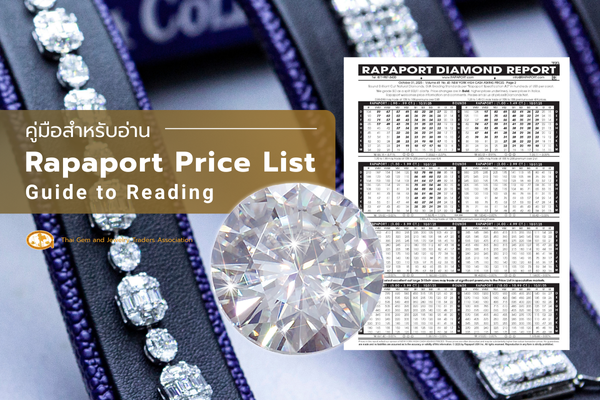
Master the Rapaport Price List, the global diamond benchmark. Learn how to read the grid (Carat, Color, Clarity) and understand market discounts (the 'Back') for professional diamond trading.

กองบัญชาการตำรวจนครบาล 6 จัดสัมมนาให้ความรู้ด้านกฎหมายธุรกิจอัญมณีและการรับมืออาชญากรรมทางเทคโนโลยี ณ สมาคมผู้ค้าอัญมณีไทยและเครื่องประดับ